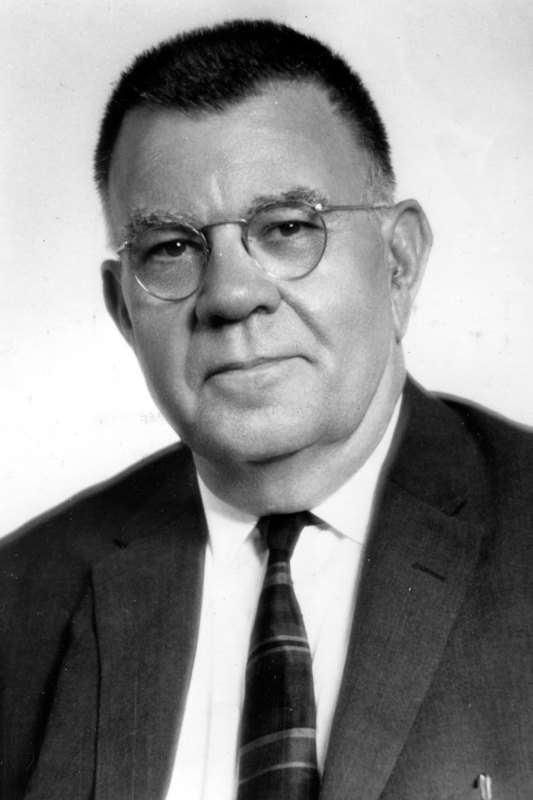Edward U. Condon
Edward U. Condon

OSA Fellow Edward Uhler Condon was born on 2 March 1902, in Alamogordo, New Mexico, USA. After graduating from high school in Oakland, California in 1918, he worked as a journalist for three years at the Oakland Inquirer and other papers. He then attended the University of California, Berkeley, initially joining the College of Chemistry. When he learned that his high school physics teacher had joined the faculty, he switched majors to take classes in theoretical physics. Condon earned his bachelor's degree in three years and his doctorate in two. His PhD thesis combined work by Raymond Thayer Birge on measuring and analyzing band spectral intensities and a suggestion by James Franck.
Thanks to a National Research Council fellowship, Condon studied at Göttingen under Max Born and at Munich under Arnold Sommerfeld. Under the latter, Condon rewrote his PhD thesis using quantum mechanics, creating the Franck–Condon principle. After seeing an ad in Physical Review, Condon worked in public relations at Bell Telephone Laboratories in fall 1927, promoting their discovery of electron diffraction.
From 1928-1937, Condon was an associate professor of physics at Princeton University. With Philip M. Morse, he wrote Quantum Mechanics, the first English-language text on the subject in 1929. With G.H. Shortley, he wrote the Theory of Atomic Spectra, "a bible on the subject from the moment of its 1935 publication." In 1937, he became associate director of research at the Westinghouse Electric Company in Pittsburgh. While there, he established research programs in nuclear physics, solid-state physics, and mass spectroscopy. Later, he lead research on microwave radar development and worked on equipment used to isolate uranium for use in atomic bombs. He served as a consultant to the National Defense Research Committee during World War II and helped organize MIT's Radiation Laboratory. On 11 May 1940, Condon showcased his machine called the Nimatron at the 1940 New York World Fair and received a patent for it on 24 September 1940.
He worked in for the US Government in the 1940s and left to head research and development at Corning Glass Works in 1951. He served as AAAS President in 1953 and was a professor of physics at Washington University in St. Louis from 1956-1963.
In 1963, he became a professor at the University of Colorado Boulder in addition to being a fellow of the Joint Institute for Laboratory Astrophysics. He directed a project on UFOs from 1966-1968. In 1964, he was president of the American Institute of Physics.
In 1968, OSA awarded him its highest honor, the Frederic Ives/Jarus Quinn Award.
He retired in 1970 and passed away in 1974.
Document Created: 26 July 2023
Last Updated: 18 November 2024
